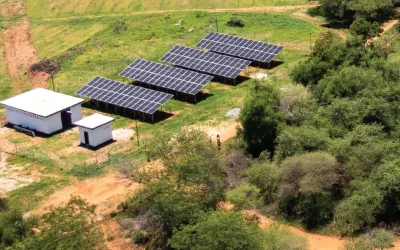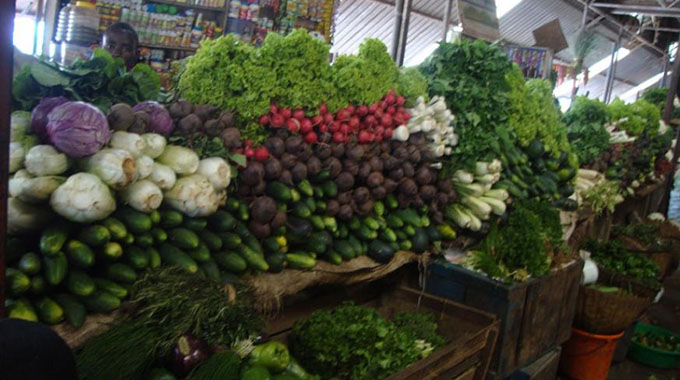Presidential Horticulture Scheme to boost rural incomes
The Presidential Rural Horticulture Transformation Plan will be rolled out in the forthcoming summer cropping season to boost rural incomes, improve family nutrition and open the way for local processing of foods.
Government is set to roll out the scheme that will see 2,3 million households benefitting from fruit production and village nutrition gardens.
The orchards and gardens should, by 2030, be adding an average of US$2 000 a year to each rural family.
Under the programme, each targeted household will be given 10 trees of each fruit variety, depending on suitability of the fruit tree varieties for their region.
Government is looking at six varieties: passion fruit, pecan nut, guava, mango, macadamia and apple.
The horticulture recovery plan is part of Government initiatives under the Agriculture and Food Systems Transformation Strategy (2020-2025) to transform agriculture from a US$5,2 billion to a US$8,2 billion sector, contributing 20 percent of GDP by 2025 in line with the vision of making Zimbabwe an upper middle income economy by 2030.
Lands, Agriculture, Fisheries, Water and Rural Development Permanent Secretary Dr John Basera has confirmed that progress is being made and presently the major activity was setting the seedling base.
Zimbabwe Farmers Union director Mr Paul Zakariya yesterday said the fact that the programme was targeting the smallholder community meant it would boost nutrition. “We have always been talking about food security, but forgetting nutrition,” he said. “Of course, the plan will not be an overnight project, but it will secure the future in
terms of nutrition.
“The aspect of food security and nutrition goes beyond the household. If farmers produce in excess, the fruits can be shared with other communities.
“The programme can also be the beginning of processing; drying, canning and bottling of agricultural produce in communal areas.”
Zimbabwe Commercial Farmers Union president Dr Shadreck Makombe said the programme would improve health and boost incomes.
“Farmers will have access to nutritional food and at the same time get an income from the surplus through selling at local and export markets,” he said.
“If well supported, the programme is going to alleviate poverty among the rural community.”
It is also targeting to produce 3 681 seedlings of apple, 80 000 of macadamia nuts and 800 000 of pecan nuts.
Already, there are 89 891 mango seedlings available for the programme, plus 1 181 apple seedlings and 35 413 pecan nut seedlings.
The Ministry is also working towards capacitating the Zimbabwe National Water Authority toundertake accelerated irrigation development.
The State of Preparedness document for the 2021/22 summer cropping season states that: “There is need to provide additional resources to capacitate Zinwa to undertake accelerated irrigation development around major dams (154 000 hectares) and rural horticulture schemes through enhanced borehole rehabilitation and drilling by providing
additional 10 rigs for conducting ancillary activities.”
Production of fruits, vegetables and other horticulture products for export, is to be revived and the sector expanded with major investment from the private sector and the Government under the Horticulture Recovery and Growth Plan.
As envisaged, the Horticulture Recovery and Growth Plan will not just boost exports, but also drive rural incomes, adding US$2 000 to the average household income for participating small-scale farmers by 2030.
Over 11 million people are set to be empowered through the eight Presidential Inputs Schemes as Government moves to ensure the attainment of an upper middle income economy by 2030.-The Herald








